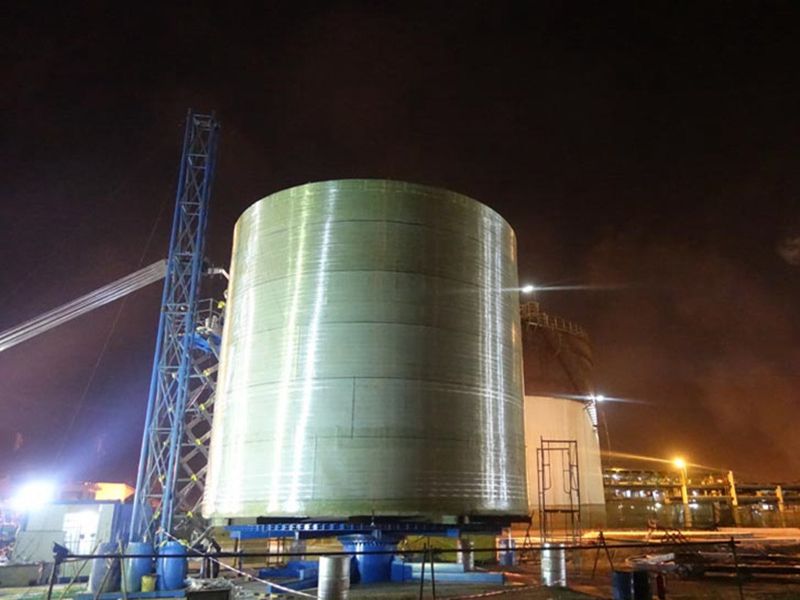
-
 Afrikaans
Afrikaans -
 Albanian
Albanian -
 Amharic
Amharic -
 Arabic
Arabic -
 Armenian
Armenian -
 Azerbaijani
Azerbaijani -
 Basque
Basque -
 Belarusian
Belarusian -
 Bengali
Bengali -
 Bosnian
Bosnian -
 Bulgarian
Bulgarian -
 Catalan
Catalan -
 Cebuano
Cebuano -
 China
China -
 China (Taiwan)
China (Taiwan) -
 Corsican
Corsican -
 Croatian
Croatian -
 Czech
Czech -
 Danish
Danish -
 Dutch
Dutch -
 English
English -
 Esperanto
Esperanto -
 Estonian
Estonian -
 Finnish
Finnish -
 French
French -
 Frisian
Frisian -
 Galician
Galician -
 Georgian
Georgian -
 German
German -
 Greek
Greek -
 Gujarati
Gujarati -
 Haitian Creole
Haitian Creole -
 hausa
hausa -
 hawaiian
hawaiian -
 Hebrew
Hebrew -
 Hindi
Hindi -
 Miao
Miao -
 Hungarian
Hungarian -
 Icelandic
Icelandic -
 igbo
igbo -
 Indonesian
Indonesian -
 irish
irish -
 Italian
Italian -
 Japanese
Japanese -
 Javanese
Javanese -
 Kannada
Kannada -
 kazakh
kazakh -
 Khmer
Khmer -
 Rwandese
Rwandese -
 Korean
Korean -
 Kurdish
Kurdish -
 Kyrgyz
Kyrgyz -
 Lao
Lao -
 Latin
Latin -
 Latvian
Latvian -
 Lithuanian
Lithuanian -
 Luxembourgish
Luxembourgish -
 Macedonian
Macedonian -
 Malgashi
Malgashi -
 Malay
Malay -
 Malayalam
Malayalam -
 Maltese
Maltese -
 Maori
Maori -
 Marathi
Marathi -
 Mongolian
Mongolian -
 Myanmar
Myanmar -
 Nepali
Nepali -
 Norwegian
Norwegian -
 Norwegian
Norwegian -
 Occitan
Occitan -
 Pashto
Pashto -
 Persian
Persian -
 Polish
Polish -
 Portuguese
Portuguese -
 Punjabi
Punjabi -
 Romanian
Romanian -
 Russian
Russian -
 Samoan
Samoan -
 Scottish Gaelic
Scottish Gaelic -
 Serbian
Serbian -
 Sesotho
Sesotho -
 Shona
Shona -
 Sindhi
Sindhi -
 Sinhala
Sinhala -
 Slovak
Slovak -
 Slovenian
Slovenian -
 Somali
Somali -
 Spanish
Spanish -
 Sundanese
Sundanese -
 Swahili
Swahili -
 Swedish
Swedish -
 Tagalog
Tagalog -
 Tajik
Tajik -
 Tamil
Tamil -
 Tatar
Tatar -
 Telugu
Telugu -
 Thai
Thai -
 Turkish
Turkish -
 Turkmen
Turkmen -
 Ukrainian
Ukrainian -
 Urdu
Urdu -
 Uighur
Uighur -
 Uzbek
Uzbek -
 Vietnamese
Vietnamese -
 Welsh
Welsh -
 Bantu
Bantu -
 Yiddish
Yiddish -
 Yoruba
Yoruba -
 Zulu
Zulu
The Rise of Fiberglass Cars in Modern Automotive Design and Innovation
The Rise of Fiberglass Cars A Revolution in Automotive Design
In the realm of automotive innovation, fiberglass cars have emerged as a fascinating chapter that marries performance with style
. Characterized by their lightweight, durable construction, these vehicles have significantly altered the landscape of car design and manufacturing since their inception.Fiberglass, a material made from woven glass fibers and resin, was first introduced to the automotive world in the mid-20th century. During the post-war period, manufacturers sought new materials that could reduce vehicle weight while maintaining strength and safety. Traditional materials like steel were beginning to burden manufacturers with higher costs and inefficiencies. The solution lay in the pliability and resilience of fiberglass, which allowed for revolutionary designs that were both functional and visually striking.
The first major success story for fiberglass was the iconic Chevrolet Corvette, introduced in 1953. The Corvette not only showcased the aesthetic possibilities of fiberglass but also underscored its practical advantages—particularly in performance. With a body that weighed substantially less than its steel counterparts, the Corvette boasted enhanced speed, improved fuel efficiency, and superior handling. Its sleek, elongated curves became a hallmark of sports cars, leading a trend that other automakers soon followed.
As technology advanced, the versatility of fiberglass extended beyond sports cars to various segments of the automotive market. Manufacturers began to realize that fiberglass could be used for more than just car bodies. It was incorporated into bumpers, hoods, and even interior components due to its resistance to rust and corrosion. The flexibility of fiberglass allowed designers to create more intricate shapes and features, leading to a renaissance in car aesthetics.
fiberglass car

However, the benefits of fiberglass are not limited to design and performance. The manufacturing of fiberglass components is typically less energy-intensive than that of metal parts. This characteristic has made it an appealing alternative as environmental concerns continue to rise in the automotive industry. Furthermore, production techniques such as vacuum infusion and resin transfer molding have improved the efficiency of fiberglass manufacturing, making it easier for companies to adopt this innovative material.
Despite these advantages, the fiberglass car faced challenges over the years, particularly regarding perceptions of durability and safety. Early fiberglass vehicles were often criticized for poor crashworthiness compared to their steel counterparts. However, advancements in composite technology have since led to the creation of stronger and safer fiberglass structures. This evolution has allowed manufacturers to integrate advanced safety features while retaining the original lightweight profile of fiberglass designs.
Looking towards the future, the role of fiberglass in automotive production will likely expand further, especially with the rise of electric vehicles (EVs). The shift towards more sustainable materials and manufacturing processes meshes well with the characteristics of fiberglass. Not only does it offer weight savings that can enhance the range of electric cars, but its production processes also lend themselves to lower carbon footprints.
In conclusion, fiberglass cars have set a precedent in automotive innovation. They have transformed the way we think about car design, blending aesthetic appeal with engineering efficiency. As technology evolves and environmental priorities shift, fiberglass is poised to play an integral role in the future of the automotive industry, ensuring that these remarkable vehicles will continue to capture the imagination and inspire generations to come.









